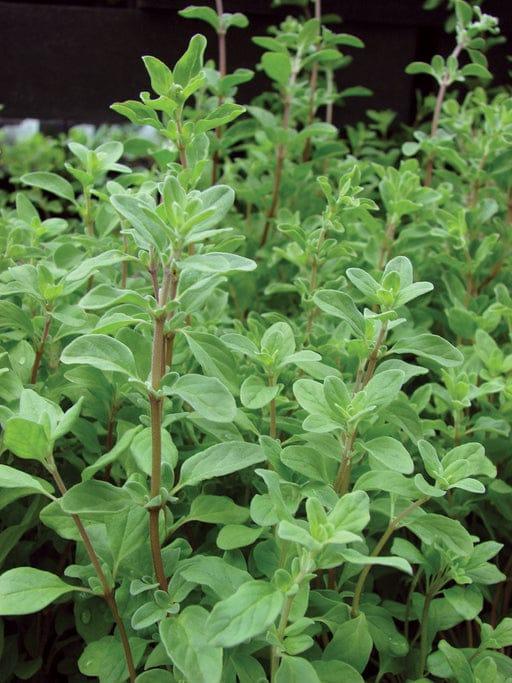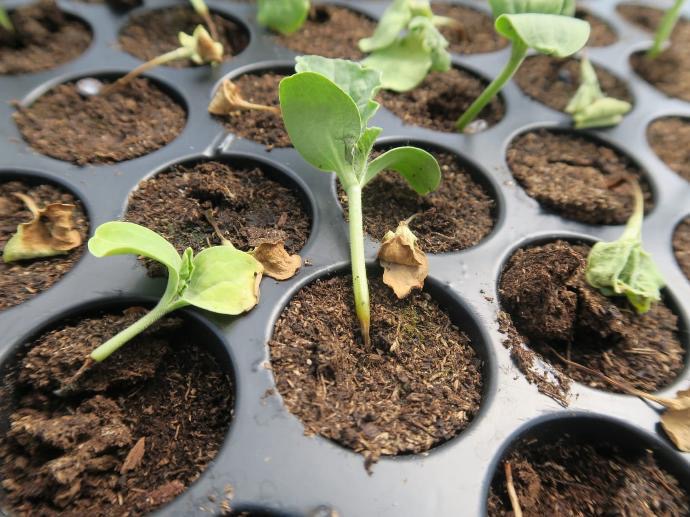Davanam Plant
Davanam, a specific plant, may have varying care requirements. Generally, provide well-draining soil, appropriate sunlight, and regular watering. Pruning and fertilizing practices may vary based on the specific characteristics of this plant.

Habit
Shrub
Height
30 to 60 cm
Growth
Fast
Soil
Well-drained, sandy soil
Shade
Full Sun
Moisture
Moist
Edible
No
Medicinal
Yes
Origin
India
Climatic Condition
Warm, dry
Temperature (°)
20 to 35
Humidity (%)
40 to 60
Potting media
Peat-based mix
Fertilizers
High nitrogen, organic
Watering
Regular, moderate
Plant Weight
200 to 400 g
Flowering Time
Winter to Spring
Soil Ph level
6.0 to 7.5
Water Ph level
6.5 to 7.0
Soil EC
0.4 to 1.2
Yield Per Plant
3 to 6 kg per plant
NPK ratio
10:10:10
life Span
Annual
Health Benefits
Aromatic herb, used in perfumes, has medicinal properties.
Suggested Grow Media or Potting Mix ?
50% loamy soil, 30% compost, 20% sand
Suggested Fertigation/Fertilizers
Fertilize every 4 weeks with a balanced fertilizer.
Common Diseases and Remedies
Damping off.
Seedling stems become water soaked and thin , almost thread like , where infected .
Controlling the irrigation will reduce the incidence of the disease
HEALTH BENEFITS
- Aromatherapy Benefits: Used in essential oils for stress relief.
- Antimicrobial Properties: Used in Ayurveda for wound healing.
- Supports Skin Health: Used in cosmetic formulations for its antiseptic properties.
What Is An Davanam Tree?
Davana plant (Artemisia Pallens) is an aromatic annual plant native to southern India. It belongs to the Asteraceae family and reaches a height of 40-60 meters. Davana has blue-green leaves and small yellow flowers, and is known for its fruity scent.
What Are The Different Types Of Davanam Plants?
Davanum, also known as artemisia, is an annual aromatic herb belonging to the Asteraceae family. There are two types of plants. Short body: early flowering. Tall: Blooms late.
How to care for Davanam Plants ?
1. Location
Davana grows well in bright sunlight, frost-free winters, and a few rains.
2. Sunshine
Do not plant Davana in a planter without drainage holes. If your plant is in a pot, planter, or grow bag, punch holes in it. Do not expose it to direct sunlight as it may burn the leaves and stems.
3. Hydration
Lightly water the plot after transplanting. After 10-12 days, water the seedlings daily until they take root. After that, water every 3-4 days depending on the weather.
4. Soil
Davana plants grow well in a variety of soils, including sandy loam, medium black, and loamy soils.
5. Nutrition
When preparing the soil, apply well-decomposed FYM at a rate of 6 t/ha. Apply 40 kg of P and 40 kg of K/ha at transplanting.
6. Issues
Some production problems of Davana crops:
Labor: Shortage of skilled labor (75.15%) and high wages (70.21%)
Pests and diseases: Incidence of pests and diseases (55.75%)
Technical guidance: Lack of technical guidanceTechnical guidance (50.90%).
FAQs About Growing Davanam
1. How long does it take to harvest Davana?
About 120-125 days after sowing.
2. What is the Davana plant used for?
Davana oil is also used in other areas of complementary and alternative medicine called Unani and Traditional Chinese Medicine.
3. What is the common name of the plant Davanum?
Davana/Davanum/Artemisia Parens/Marikozundu Powder.
4. What does Davana smell like?
Davana's fruity, floral, and slightly woody aroma is used as an aphrodisiac in some cultures.
5. How much does it cost to grow davana?
However, cultivating one hectare of 'Davana' costs him Rs 25,000-30,000 without commensurate income. Cultivating 'Davana' requires a lot of effort and requires careful preparation of the soil.

